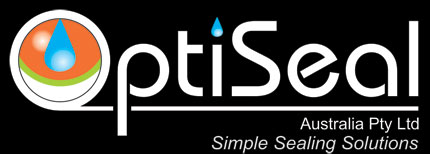What is Butyl?
Butyl is a synthetic rubber formed from isobutylene and small amounts of isoprene. Like all pressure sensitive products, its performance can be modified by adding a range of elasticisers, tackifiers, resins and fillers. Whilst it is a well-proven technology, butyls are still relatively new and their nature and characteristics are yet to be fully appreciated and embraced by many industries.
The natural structure of the butyl rubber molecules render them very stable to weathering, age and heat whilst also offering stability against a wide range of non hydro-carbon based chemicals (including PVC plasticisers). Being an all-hydrocarbon material it has very low water absorption and the regular nature of the molecules allow close packing, this confers on them their uniquely low permeability to gas, air and moisture.
Another important feature of the butyl molecules is that they exhibit virtually no tendency to crystallize and depend upon molecular entanglement or crosslinking for their internal strength. This, combined with the amorphous character of the polymer, confers on the product high flexibility, permanent tack and resistance to shock. Additionally, these valuable properties are retained over a wide temperature range making butyls suitable for use in all climatic extremes.
Butyls are non-toxic and free from Volatile Organic Content and so may find applications as replacement for solvent based adhesive systems.


